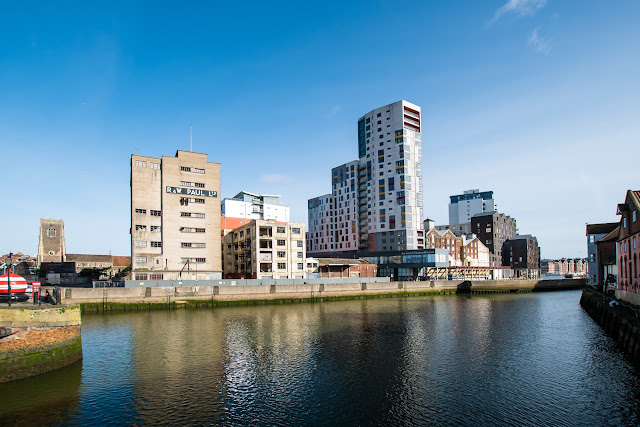Every Church has a story - St Margaret`s, Ipswich

Just before the `lock down` due to the Coronavirus, I managed an hour in this magnificent church, just off Christchurch Mansion and park. Although the interior has been much modified by our predecessors, along with most in England I am afraid, there are still many feature worth recording and admiring. Firstly, the magnificent exterior. The church sits on St Margaret's Plain, tucked into a corner of Christchurch Park. The park was the site of the Augustinian Priory, dedicated to Holy Trinity but frequently referred to in old documents as Christchurch. One of the buildings opposite the church, now an estate agent, is part of the former monastery range, and its beams are full of delightful carvings. View from the nave toward the chancel and sanctuary. St Margaret has the best nave roof in Ipswich, possible one of the best in all Suffolk. It is a fine double-hammer beam affair, resplendent with (albeit restored) original colouring. The angels were...


